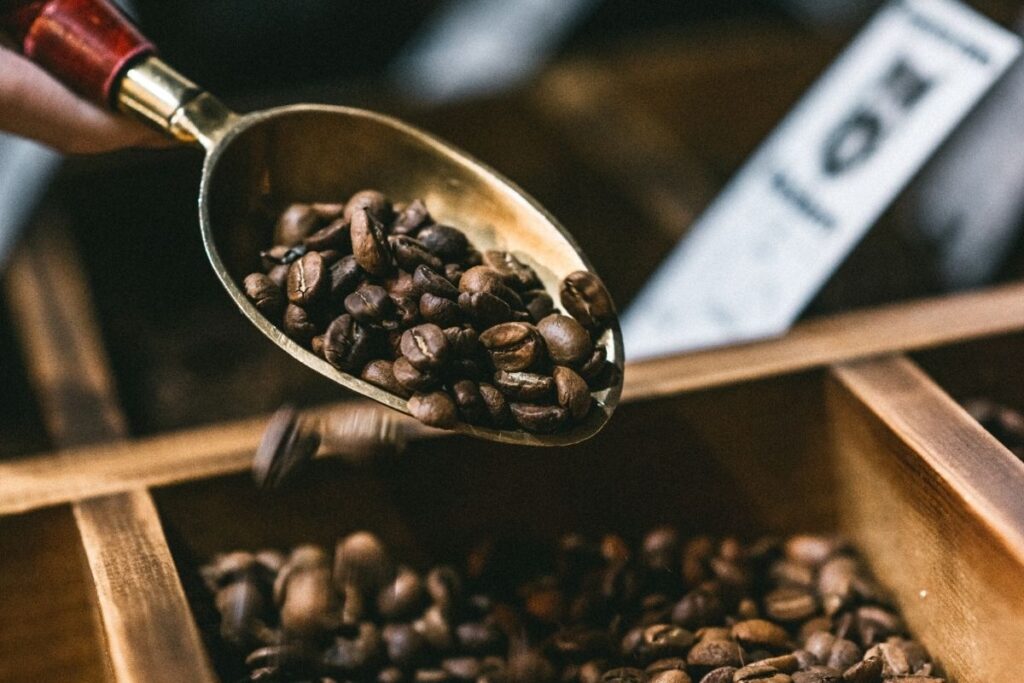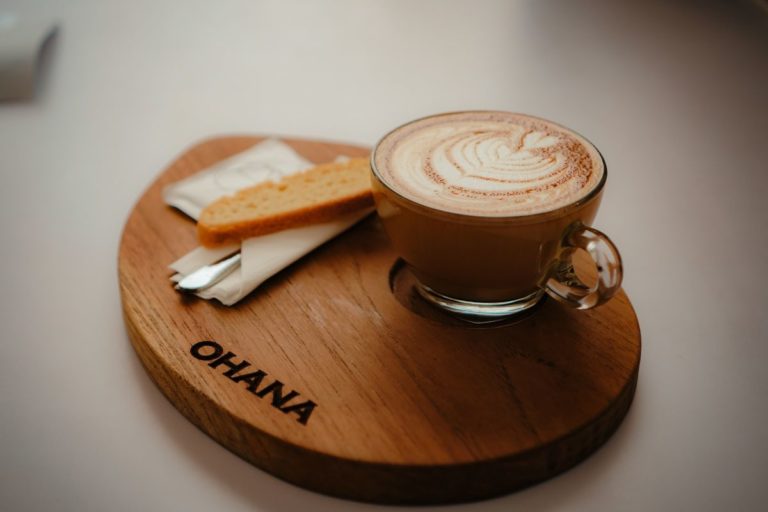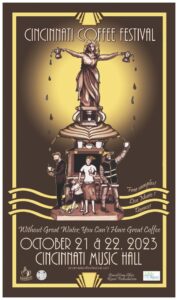Love espresso? People from all over the world, from all sorts of different cultures enjoy espresso throughout the day—whether it’s for its flavor or for its caffeine.
But most coffee produced in the world goes to espresso, the undefeated most flavorful coffee drink that is the base for so many other drinks.
Today we’ll learn which countries produce the most coffee beans, most of which are destined for espresso in one way or another.
By Marcelo.
Affiliate disclosure
This page may contain affiliate links – we may earn a small commission when you make a purchase through these links. This is at no extra cost to you.
Brazil; Politics, Money, and Coffee
Brazil has a rich and complex history when it comes to coffee.
Jesuit priests brought coffee over to South America, and Brazil was one of the first countries to start plantations of it. Being a vast country, it quickly became one of the top producers in the world.
By the 19th century, the coffee industry completely dominated the economy.
It became a problem so big that politics were influenced by it, and even gave way to the term “coffee politics“, referring to politicians making laws that were favorable to the industry.
Today, Brazil is less dependent on coffee but it still represents over 30% of all coffee consumed around the world.
By the way, have you had a look at our deals page yet?
Vietnam; All About The Caffeine
Vietnam got a late start in the coffee world—and yet, it was still able to climb all the way to number 2, being the second largest producer of coffee in the world.
Coffee was actually brought over to Vietnam by the French.
They incentivized coffee farming and propagated coffee culture in Vietnam, and by the time Vietnam regained independence, they were big coffee lovers.
Vietnam is a bit of a strange one since its climate is a little warmer than usual for a coffee-growing country.
They mostly grow robusta, a type of bean that better tolerates hotter temperature but lacks a little in flavor.
Vietnamese coffee beans are mostly used for blends in espresso blends, and for high-caffeine coffee as robusta has twice the caffeine.
It’s also used for instant coffee.

Colombia (And The Cunning Priest)
Colombia has a worldwide reputation for good coffee. Their story starts a lot like. Brazil’s—brought over from Europe, Jesuit priests made sure people were planting coffee.
It didn’t quite catch on at first, however.
The story tells of a cunning Jesuit priest that started giving out coffee beans for people to plant as penance after their confessions.
It was clever, and churchgoers felt they were getting off too easy—so they did it gladly.
Indonesia; World’s Most Expensive Coffee?
Indonesia has a unique history. Coffee was introduced here by the Dutch, who loved going around the world in their ships during the 17th century. Here, they arrived in Indonesia and found enormous potential.
Indonesia has historically been a land of farmers: natives here know the land intimately, and have an innate ability to grow just about anything. So when coffee was introduced—and when they heard how much money they’d get for it—they started growing as much coffee as possible.
Kopi Luwak, one of the world’s most expensive coffees, is also made here, a type of coffee which is sometimes referred to as “poop coffee”: The civet (a raccoon-like animal) will wander into coffee plantations and eat the coffee fruit.
Then they excrete the seeds—the fermentation they undergo inside the civet makes them acquire a subtle, unique flavor.
Ethiopia; The Birthplace of Coffee
The place where coffee was born. Coffee still grows in the wilderness here, and it’s estimated to be hundreds of varieties yet-to-be discovered
There’s actually many interesting stories regarding coffee in Ethiopia.
The first is regarding Waqaa, the god of all things, who wept and from the soaked earth, coffee sprouted.
And also the discovery of coffee: Kaldi the goat herder, who found his goats frolicking around a bush and eating its fruits.
He tried some for himself and disliked the taste, so he threw them into the fire.
As the fire consumed the seeds, the smell of roasted coffee filled the air. And so coffee was discovered.
Photos by avif id and Dmitriy Ganin





